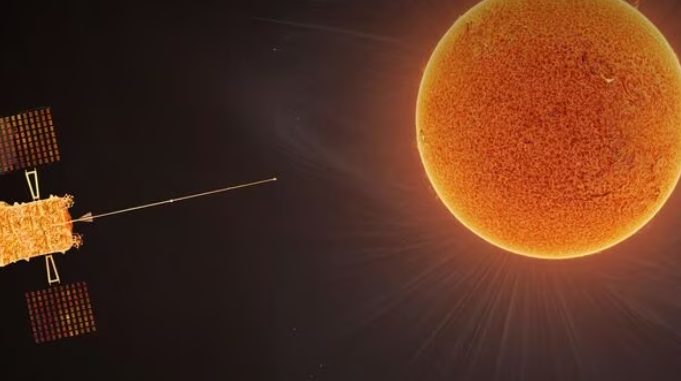India has achieved another significant milestone in space exploration as the Indian Space Research Organisation (ISRO) successfully placed its first Sun mission, Aditya L1, into its final destination – the Halo Orbit. This achievement marks a moment of pride for the nation and showcases the relentless dedication of Indian scientists in realizing complex and intricate space missions.
On January 6th, ISRO performed the final maneuver to inject the Aditya-L1 spacecraft into its designated orbit, approximately 1.5 million kilometers away from Earth. The Prime Minister of India, Narendra Modi, announced this remarkable feat, along with the recent success of Chandrayaan-3, which became the first mission to land on the Moon’s South Pole.
Aditya-L1, India’s first solar observatory, will now commence its mission to study the Sun from its unique vantage point. The spacecraft has reached the L1 point, which is a stable point between the Earth and the Sun, where the gravitational forces of both celestial bodies balance each other. This strategic position allows Aditya-L1 to observe the Sun continuously without any interruptions from Earth’s atmosphere.
The successful entry of Aditya-L1 into the Halo Orbit has garnered praise from leaders and experts in the field of space exploration. President Droupadi Murmu hailed it as “another grand feat accomplished by ISRO,” emphasizing the significance of this achievement. External Affairs Minister S Jaishankar also expressed his admiration, stating, “It’s a great feat and a moment of great pride for us, just like the Chandrayaan program.”
Also read: = Social media conflict Tourism in Lakshadweep islands
Union Minister for Science and Technology, Jitendra Singh, took to Twitter to celebrate the accomplishment, saying, “From Moon walk to Sun Dance! What a glorious turn of the year for Bharat (India)!” He also acknowledged the visionary leadership of Prime Minister Narendra Modi in driving India’s success in space exploration.
Aditya-L1’s mission is crucial in enhancing our understanding of the Sun and its impact on Earth. The observatory will provide valuable insights into solar dynamics, the Sun’s magnetic field, and its influence on space weather. This knowledge will contribute to advancements in space technology, communication systems, and weather forecasting, ultimately benefiting various sectors and industries.
ISRO’s successful entry into the Halo Orbit is a testament to India’s growing capabilities in space exploration. It showcases the nation’s commitment to pushing boundaries and expanding its scientific prowess. The achievement also highlights the collaborative efforts of ISRO’s scientists, engineers, and technicians, who work tirelessly to make such missions a reality.
As India continues to make strides in space research and exploration, it strengthens its position as a global player in the field. The success of Aditya-L1 opens doors for future missions and collaborations, fostering innovation and technological advancements in the country.
In conclusion, the successful entry of Aditya-L1 into the Halo Orbit marks a significant achievement for India’s space program. This mission demonstrates the nation’s commitment to pushing boundaries and expanding its scientific capabilities. The data and insights gathered from Aditya-L1 will contribute to our understanding of the Sun and its impact on Earth, benefiting various sectors and industries. India’s space exploration journey continues to inspire awe and admiration, showcasing the nation’s relentless dedication to scientific progress.






